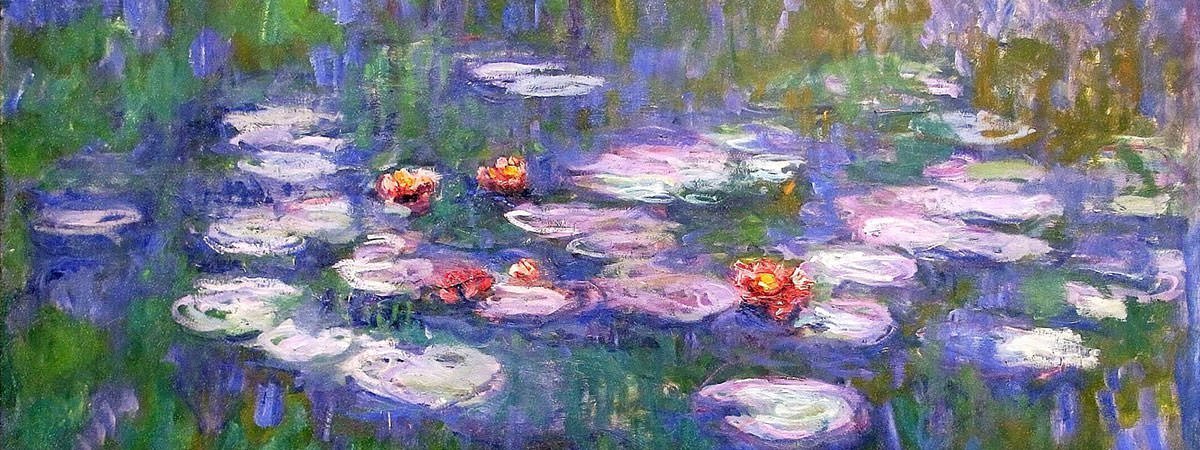IMPRESSIONISM IN MUSIC AND ART
The aim of Impressionist art in the 1800s and early 1900s was to suggest rather than to clearly draw objects. Impressionist music does much the same thing, focusing on creating a sense of the piece's topic by using blurred harmony and delicate shadings of sound rather than relying on standard forms and a strong, clear rhythmic beat. There is an air of mystery, magic and wonder that surrounds Impressionistic music.
Impressionism in Art
The aim of Impressionist art was to suggest rather than to clearly draw objects. Impressionist music does much the same thing, focusing on creating a sense of the piece's topic by using blurred harmony and delicate shadings of sound rather than relying on standard forms and a strong, clear rhythmic beat. There is an air of mystery, magic and wonder that surrounds Impressionistic music.
|
|
|
Famous Impressionist Artist:
Claude Monet
|
|
|
Famous Impressionist Composer:
Claude Debussy
|
Claude Debussy really had a double first name: Achille-Claude. He was born in a suburb of Paris, and it was his aunt who first noticed how musical he was. She got him started taking piano lessons. When he was only ten, Debussy started studying at the very strict Paris Conservatory.
As a child, Debussy was fascinated by visual art, and as he grew up, he loved the new style called "Impressionism." Instead of painting realistic, lifelike paintings with hard outlines, Impressionists used thousands of dots, or many different shades of color to create the "impression" of what they wanted to depict. Debussy took that idea and applied it to music, creating Impressionism in music. |
Claire de Lune |
Claire de Lune |
Claire de Lune
Claire de Lune |
Flowers |
First Arabesque |
Debussy Dots: Masques from Alexander Chen on Vimeo. Masques |



